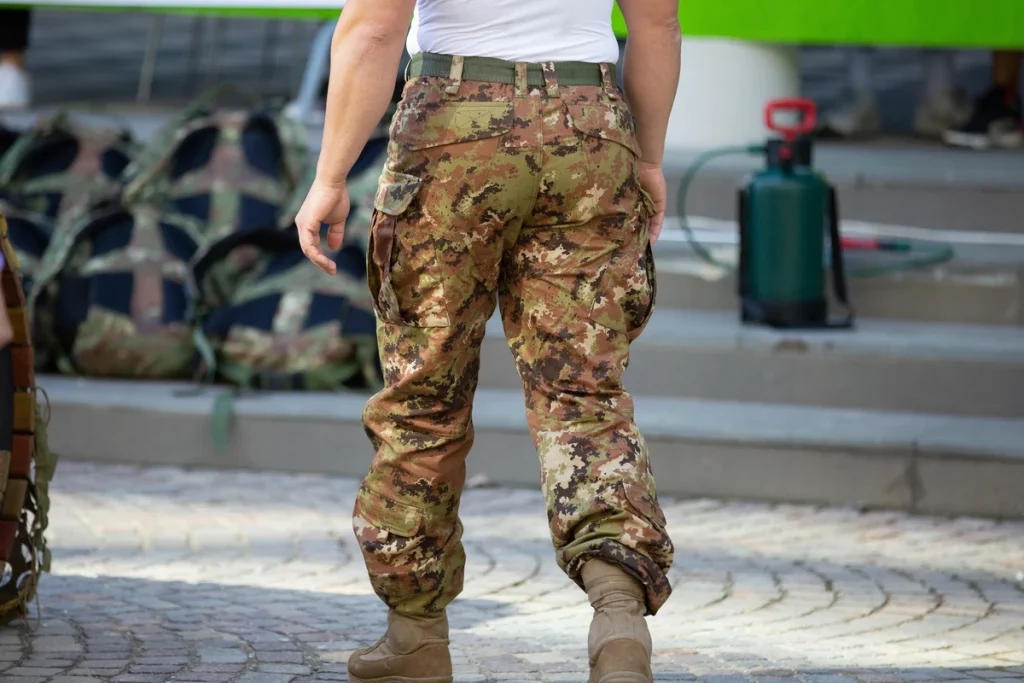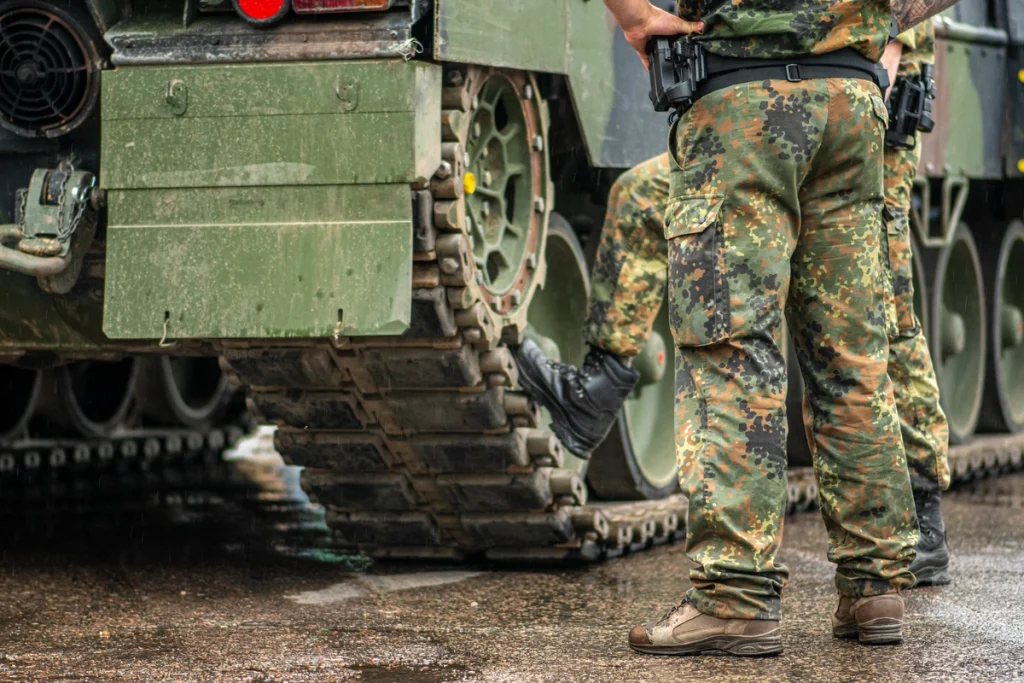Combat pants are more than a simple piece of clothing. They are key equipment for those who focus on functionality, durability and safety. For many, they are the cornerstone of tactical equipment, allowing comfort and freedom of movement in the most demanding conditions. When properly selected, they can significantly affect the performance and well-being of the wearer. Today we will take a closer look at what characterizes these specialized garments, what to look for when choosing them and how they have evolved to meet the growing demands of users.
Introduction to the world of combat pants
Combat pants, once reserved exclusively for uniformed services, have become widely available and appreciated also outside the sphere of professional use. Their design, significantly different from ordinary pants, is the result of years of experience and adaptation to the specific needs of users. Use in difficult terrain conditions, such as forest, urban or mountain operations, forced the development of specialized solutions. As a result, combat pants are characterized by increased resistance to damage, comfortable wearing and practical arrangement of pockets, which translates into better organization of the equipment carried.
The design of combat pants is a response to dynamically changing conditions and expectations. They not only protect against the difficulties of the terrain, but also provide the necessary ventilation and the ability to quickly adapt to changing weather conditions. Manufacturers are introducing innovations, such as materials with increased breathability, fast-drying fabrics or girth adjustment systems, allowing the pants to be perfectly tailored to the wearer’s figure and needs. Reflective elements, reinforcements at critical points and pockets integrated with equipment carrying systems are just some of the features that make combat pants indispensable in many situations.

Key features of combat pants
The key features of combat pants determine their functionality and resilience. At the forefront is the material from which they are made. Most often it is a blend of cotton and polyester or nylon, providing an ideal balance between durability and comfort. This combination guarantees resistance to abrasion, tearing and adverse weather conditions. In addition, these materials are often impregnated, which increases their resistance to water and dirt, allowing you to easily keep the pants clean.
In addition to the material, a significant aspect of combat pants are their design features, such as numerous and functional pockets that allow you to safely carry essential tools or equipment. It is also important that combat pants often have reinforcements on the knees and in the buttocks area, which not only increases their durability, but also improves comfort during prolonged wear. In addition, adjustment systems, such as drawstrings at the waist or at the ends of the legs, make it possible to individually adjust the pants to the wearer’s figure, which is important not only for comfort, but also for maintaining freedom of movement in a variety of conditions.
Technologies and materials in combat pants
The technologies and materials used in the production of combat pants are crucial to their performance and comfort. Modern combat pants are the result of high-tech fabrics, such as Cordura or Kevlar, which provide unparalleled durability and abrasion resistance. These materials are known for their durability while remaining lightweight and flexible, which is fundamental to the wearer’s mobility. Innovations in nanotechnology also make it possible to apply special coatings to fabrics that repel water and dirt, thus providing combat pants with additional protective properties and making them easier to maintain.
The use of new technological solutions in combat pants is not limited to materials. Manufacturers are also implementing a variety of enhancement systems, such as ergonomic cuts for freedom of movement, ventilation systems for better thermoregulation, and modular attachment systems for additional equipment that increase the functionality of the pants. This approach of enabling the personalization of equipment makes it possible for the wearer to customize the pants according to his or her own needs and requirements, which is especially important in diverse and dynamically changing operational conditions.

How to choose the perfect combat pants?
Choosing the ideal combat pants requires consideration of several important criteria to ensure maximum functionality and wearing comfort. First of all, it is important to tailor the pants to the specific conditions in which they will be used. Different environments, such as urban areas, forest or desert areas, require pants with different characteristics, such as material or camouflage pattern. When choosing pants, special attention should be paid to these aspects to ensure optimal camouflage and protection.
Fit and comfort are other key elements. Combat pants must offer freedom of movement and be equipped with the right number of pockets to efficiently carry essential gear. Comfort also depends on the suitability of the pants for the climate – from lightweight models ideal for warm weather, to those with extra layers or waterproofing for colder and wetter days. It is important to be able to adjust the pants, which not only increases their comfort, but also allows them to be better adapted to the individual needs and preferences of the user.
Combination of functionality, durability and style
Combat pants have come a long way from specialized service equipment to a popular closet item for people who value functionality and durability. The development of technology and materials has made modern models not only reliable in extreme conditions, but also comfortable and stylish for everyday use. Therefore, when choosing combat pants, it is worth keeping in mind their key features and how they can support your activities, combining practicality with protection. Ultimately, the right choice of these pants is not just a matter of aesthetics, but more importantly an investment in your safety and comfort.



